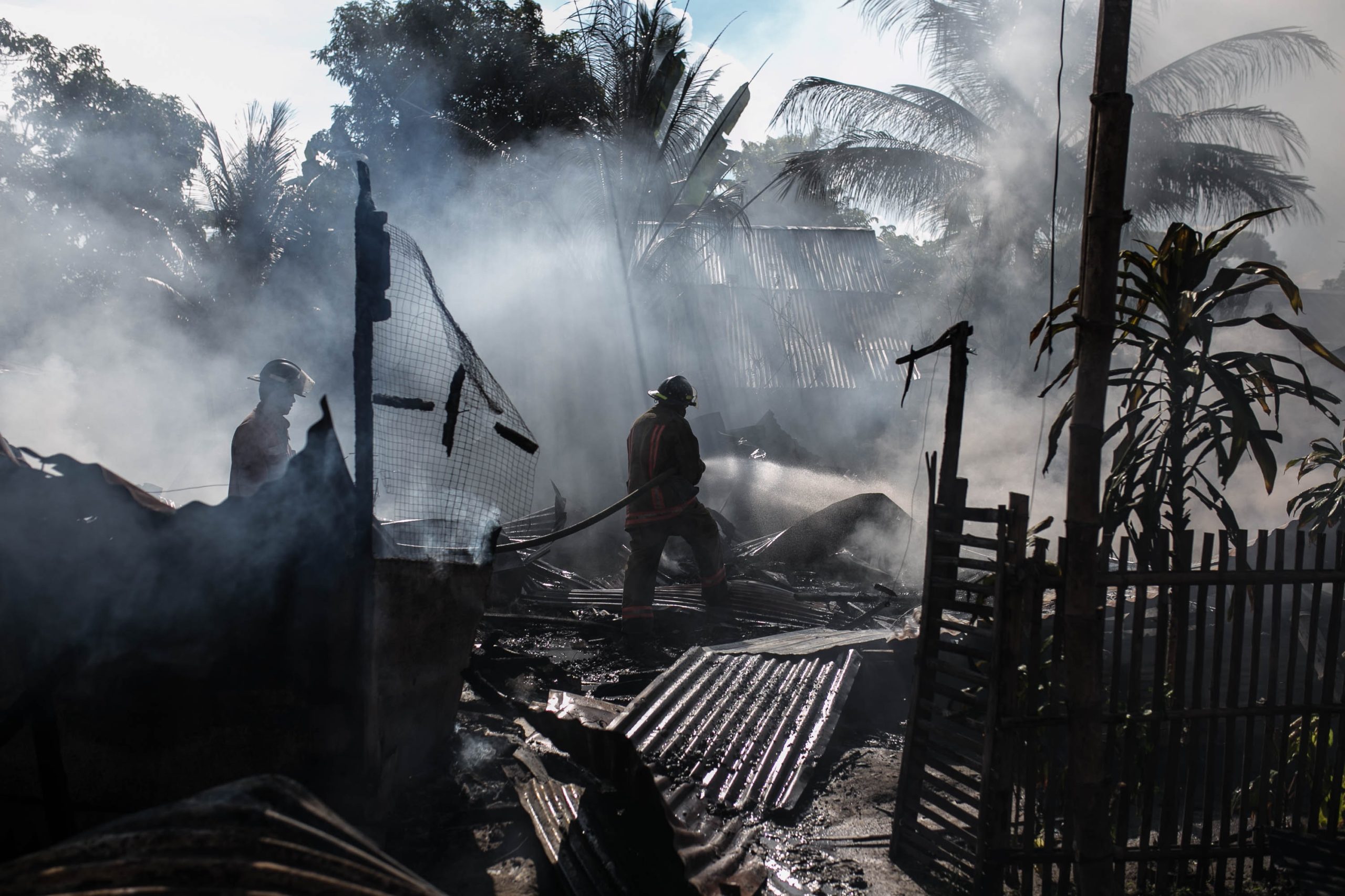Almost all companies have emergency preparedness plans. They are a staple in business. And they serve a very important purpose. Whether a natural disaster or a scenario like a building’ fire or active shooter – we need to know what to do, and what our employees should do. The problem is: they are only for short term problems. The Pandemic has shown that businesses need to have plans in place for long term problems disasters bring. This is where disaster resistant plans come into play. It is important to distinguish when to engage an emergency plan or a disaster resistant plan. Read below for three differences between emergency preparedness and disaster resistance, and why it matters:
Short term vs. long term
Simply put, emergency preparedness plans provide short term strategies and reliefs to companies when disasters hit. They are highly effective, and a key business tool. Disaster resistant plans are long-term. They think strategically; how you can be adaptive, resilient, etc. Disaster resistant plans utilize long-term planning models and tools. It is usually most beneficial to bring in an outside consultant to help on your disaster resistant plans. Why? Because the outside consultant brings fresh ideas and perspective needed to make a disaster resistant plan successful. Make sure your emergency preparedness and disaster resistant plans work well together. Emergency preparedness is often step 1 in the process. Plan out your first step NOW and avoid potential business failure later.
Adaptability is the Key
Emergency preparedness plans focus on maintaining business operations. This is an important element in any disaster/emergency. But the reality is that sometimes disasters will forever change how a business operates or if its services are still needed. This is where disaster resistant plans come into play. They are about learning when and how to adapt your business in order to remain in operation after/during a disaster. In the Pandemic, most companies had to adapt to operating remotely. Earlier in the summer, many of us started were preparing to return to our offices, but with the Delta variant cases rising we had to adapt our plans again. Joe Brady points out that “…adaptation and the ability to smartly, and quickly, pivot are crucial to a company’s success, those who embrace flexibility are better able to test, measure, learn and adapt, to meet the needs of their staff and their consumers now and in the future.” As you make disaster resistant plans, make sure they include adaptability elements. It is crucial to plan for more than one outcome so, when it comes time to make quick decisions, you can.
Strategic AND Reactive
Traditionally, emergency preparedness and disaster resistant plans were split between reactive versus strategic purposes. The idea has been that when a disaster first hits, especially something like a fire or active shooter, companies need to be reactive. Once the initial first “threat” has passed, it is then time to be strategic. The Pandemic has turned this timeline on its head. Businesses have had to figure out how to deal with the ebb and flow of the Pandemic, especially with the rise of Delta and other variant. What is needed now is to be simultaneously reactive and strategic. Companies need to be responding quickly and reevaluating protocols to keep their employees safe, while not losing site of the overarching strategic goals. Whether its needing to pivot your business or needing to provide mental health services to employees, businesses must have existing strategies in place. In the current Pandemic reality, your company may be utilizing an emergency preparedness plan and a disaster resistant plan simultaneously.
The fact is simple: to be a successful business, you need to have BOTH disaster resistant and emergency preparedness plans. As the pandemic has shown us, we need to learn how to simultaneously execute emergency preparedness and disaster resistant plans. Build your plans so that they complement each other. A little planning now will save you heartache, headaches, and business problems down the line.

